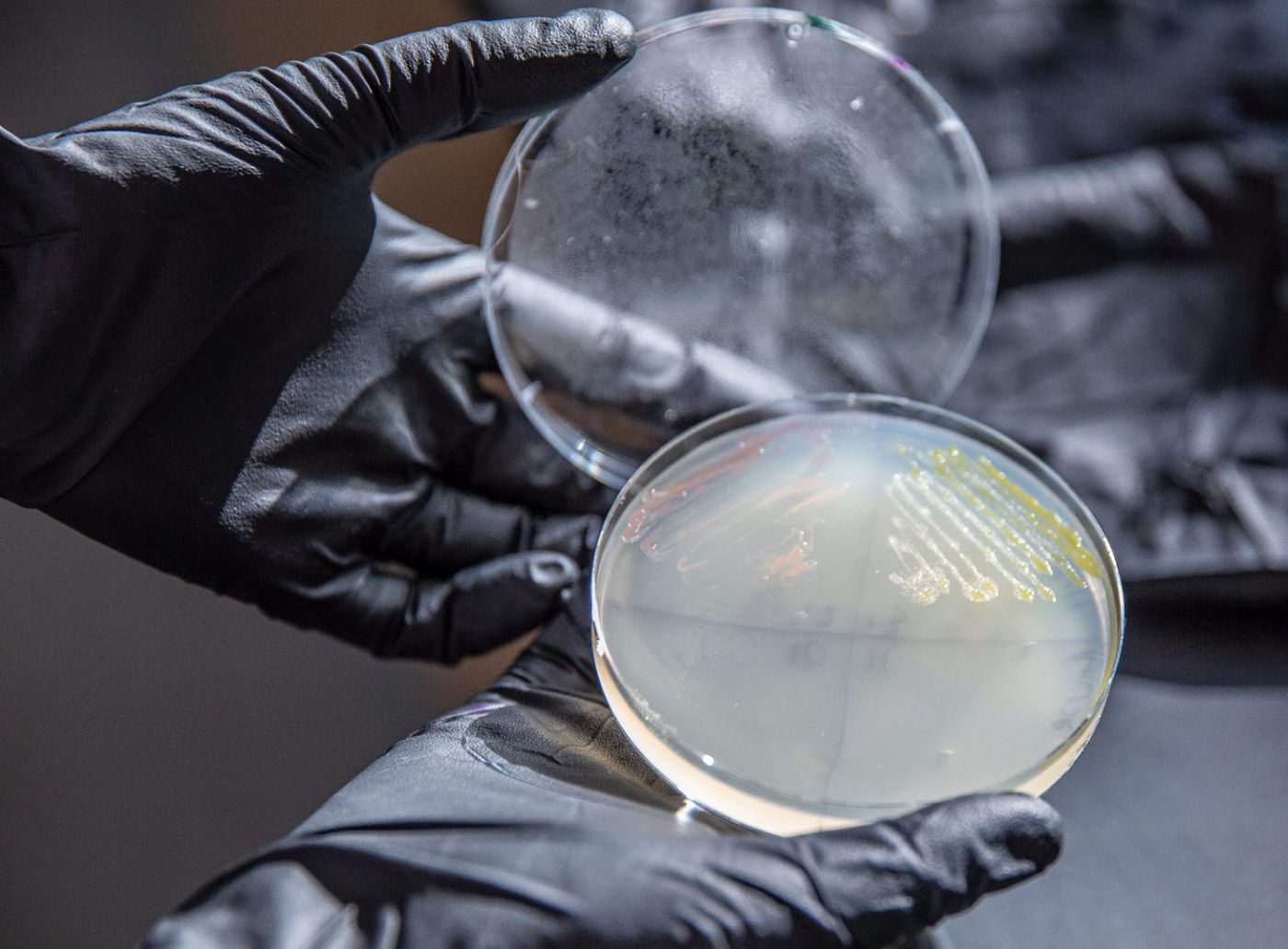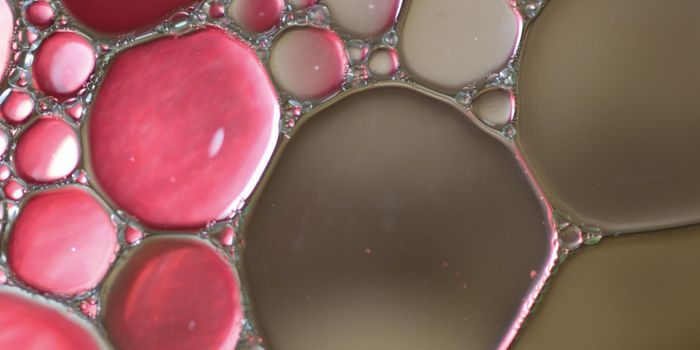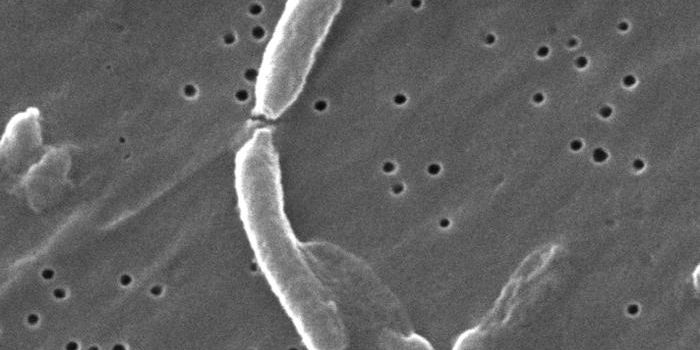How a Bacterium Can Help Generate Plastic From Plants
Our planet is awash in plastic, and while some of it gets recycled, we are also constantly generating more plastic waste. Researchers are trying to engineer genetic changes in microbes that live in soil and like to eat hydrocarbons so they will turn a common compound found in nature, lignin, into a plastic alternative. The microbe, Novosphingobium aromaticivorans, was found in soil that was soaked with petroleum products. The work has been reported in Green Chemistry by investigators at the Great Lakes Bioenergy Research Center and the Wisconsin Energy Institute.
Lignin is a polymer found in plants. "They say you can make anything from lignin except money," noted Miguel Perez, a UW-Madison graduate student in civil and environmental engineering. Learn more about lignin from the video.
“Lignin is the most abundant source - other than petroleum - of aromatic compounds on the planet like those used to manufacture chemicals and plastics from petroleum," said environmental engineering professor Daniel Noguera. “But the large and complex lignin molecule is notoriously hard to efficiently break into useful constituent pieces.”
N. aromaticivorans isn’t picky about the compounds that make up lignin; it can digest almost all of the lignin’s parts into smaller aromatic hydrocarbons, and in the process, creates 2-pyrone-4,6-dicarboxylic acid (PDC).
“Other microbes tried before may be able to digest a few types of aromatics found in lignin. When we met this microbe, it was already good at degrading a wide range of compounds. That makes this microbe very promising,” Perez explained.
The researchers engineered the N. aromaticivorans so that it would stop the digestion process once the PDC, which is normally an intermediate product, was made. The newly-made bacteria could digest lignin and produce PDC, which has been used by other scientists to make various materials.
“They have found out the compound performs the same or better than the most common petroleum-based additive to PET polymers - like plastic bottles and synthetic fibers - which are the most common polymers being produced in the world,” noted Perez.
While it sounds like something that could easily replace plastic, PDC is hard to find, for the moment.
“...PDC is so difficult to make by existing routes," said Noguera. "But if we're making biofuels from cellulose and producing lignin, something we used to just burn, and we can efficiently turn the lignin into PDC, that potentially changes the market for industrial use of this compound."
The researchers want to improve the efficiency of their engineered microbes, which can now convert around sixty percent of the potentially useful compounds in lignin into PDC. "If we can make this pipeline produce at a sufficient rate, with a sufficient yield, we might create a new industry," Noguera concluded.
Sources: AAAS/Eurekalert! Via University of Wisconsin-Madison, Green Chemistry









